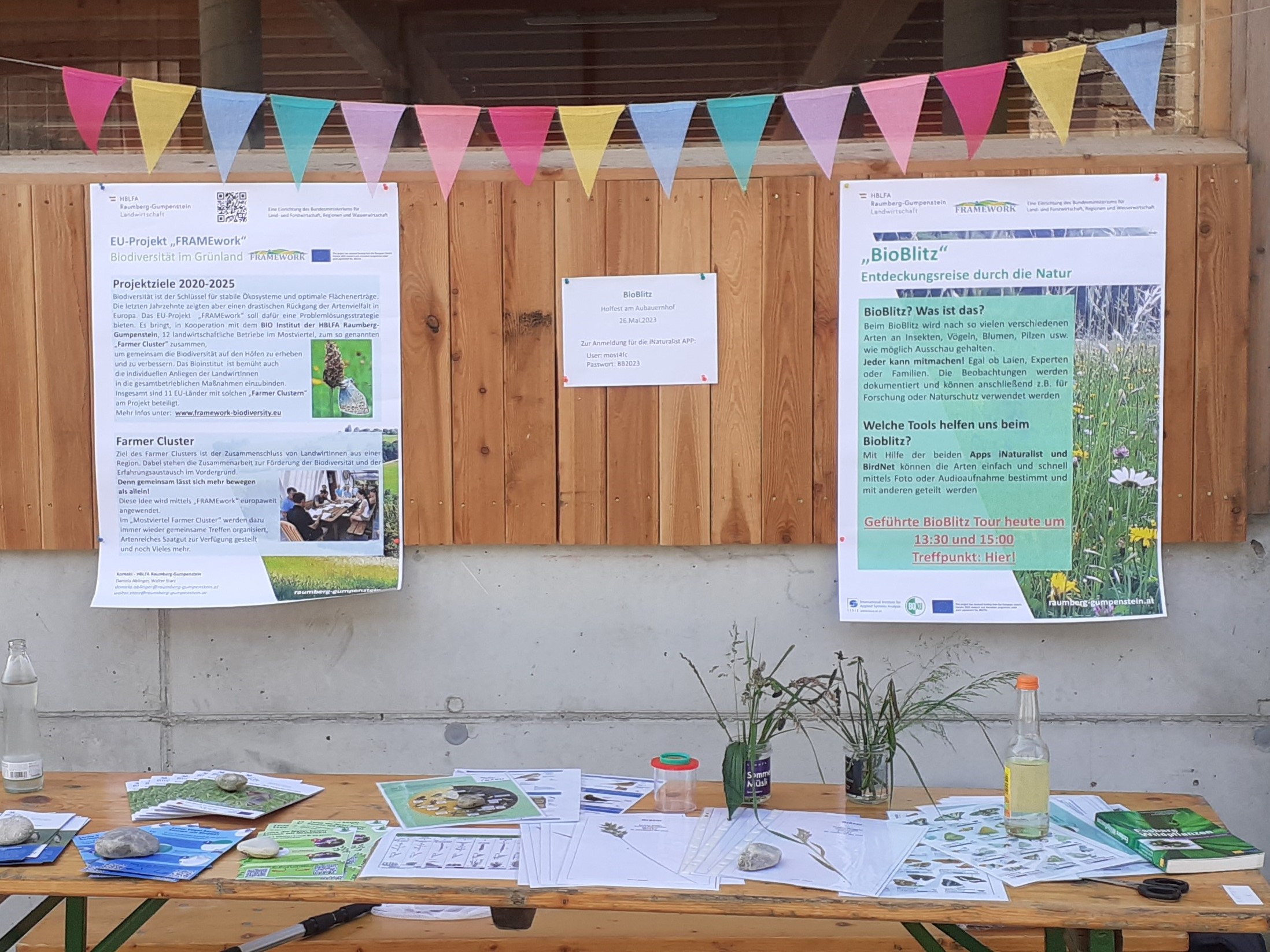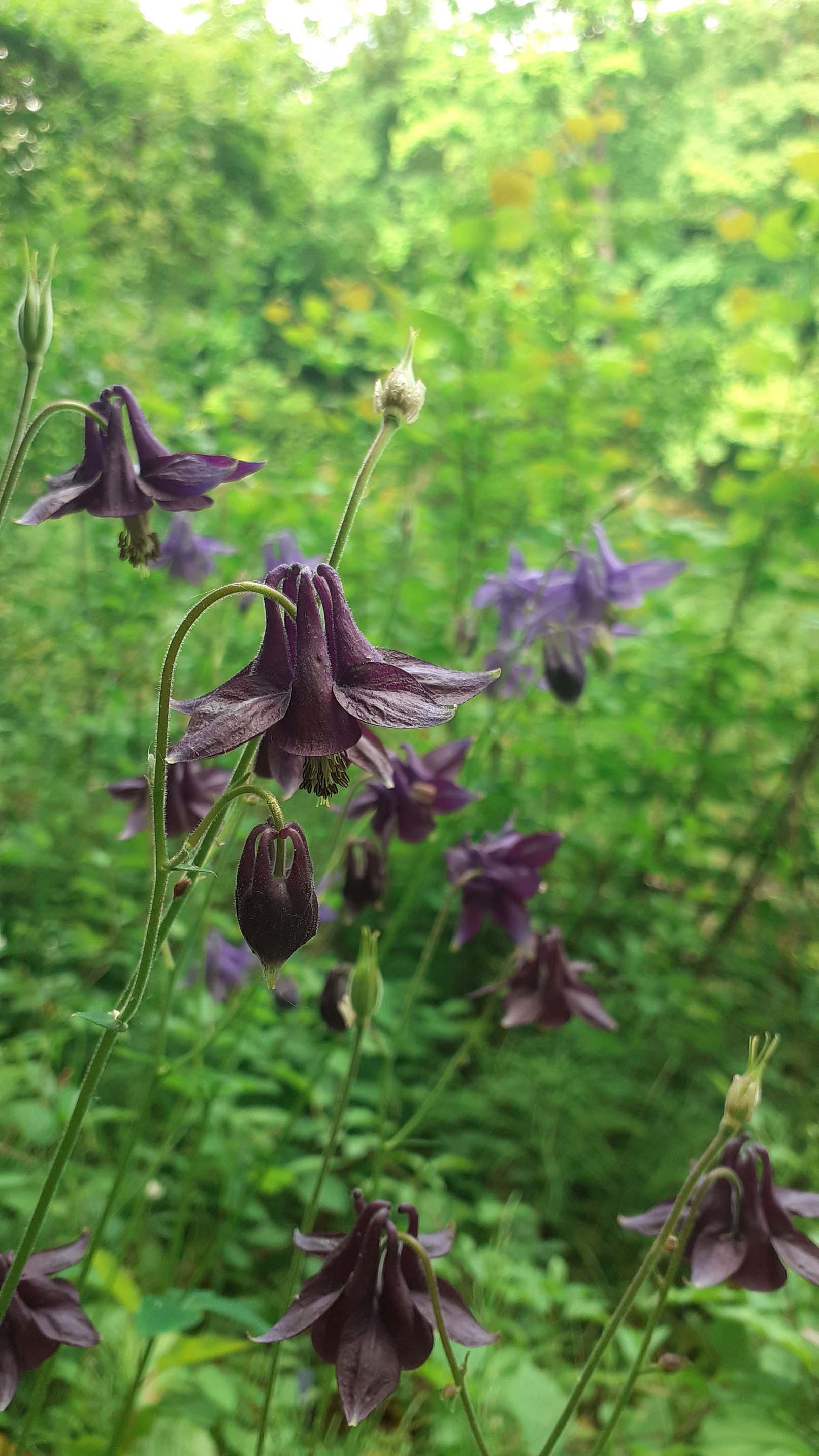The Heiden family was pleased to have numerous visitors at their “Hoffest am Aubauernhof” in the beautiful Mostviertel on May 26th. In collaboration with the BIO Institute of the HBLFA Raumberg-Gumpenstein, BIO Austria and of course the Heiden family, a diverse program on the topic of biodiversity in grassland was put together - which attracted many interested farmers, neighbors and families.
Practical lecture series on the topic of biodiversity
The morning was dedicated to agricultural topics. At the beginning, the farm tour and operational presentation of the Aubauernhof provided insights into everyday agricultural work. There were then lectures on topics such as the benefits of the ÖPUL biodiversity requirements for your own business or the BIO Austria biodiversity calculator. Sufficient practical relevance was ensured by the field tour with Walter Starz of the newly created smooth oat meadow, who thrilled the visitors with a lot of know-how about local grassland management and improving biodiversity in grassland.

BIOblitz framework sharpens understanding of local biodiversity
A key point of the afternoon program was the “Framework” BIOBlitz walk to Ybbs. A major goal of the EU project “Framework” is to show the achievements of farmers in terms of promoting and preserving biodiversity and to bring them closer to people who are not involved in agriculture, which has been achieved very well with the BIOBlitz. The aim is to identify as many species of plants, birds, insects and fungi as possible.
Photos and audio recordings, which were identified using the i-Naturalist or BirdNET app, helped in the determination. The participants were given simple and quick-to-use tools to identify additional species. During the leisurely walk to the Ybbs, a variety of wild bees, butterflies and other insects were caught, visualized and identified using insect nets and magnifying glasses.
With the help of i-Naturalist, plants such as devil's claw or columbine could be identified. A casual atmosphere for discussion emerged in which there was a lively exchange between farmers and consumers. The aim of the BIOBlitz “framework” was to sharpen visitors' perception of local biodiversity and to increase their understanding of agricultural measures.
The Hoffest was a very successful event that provided many insights into local agriculture and its positive contribution to biodiversity. We would like to thank the Heiden family for their openness and for allowing the BIO Institute of the HBLFA Raumberg-Gumpenstein to be part of the “Framework” project.







